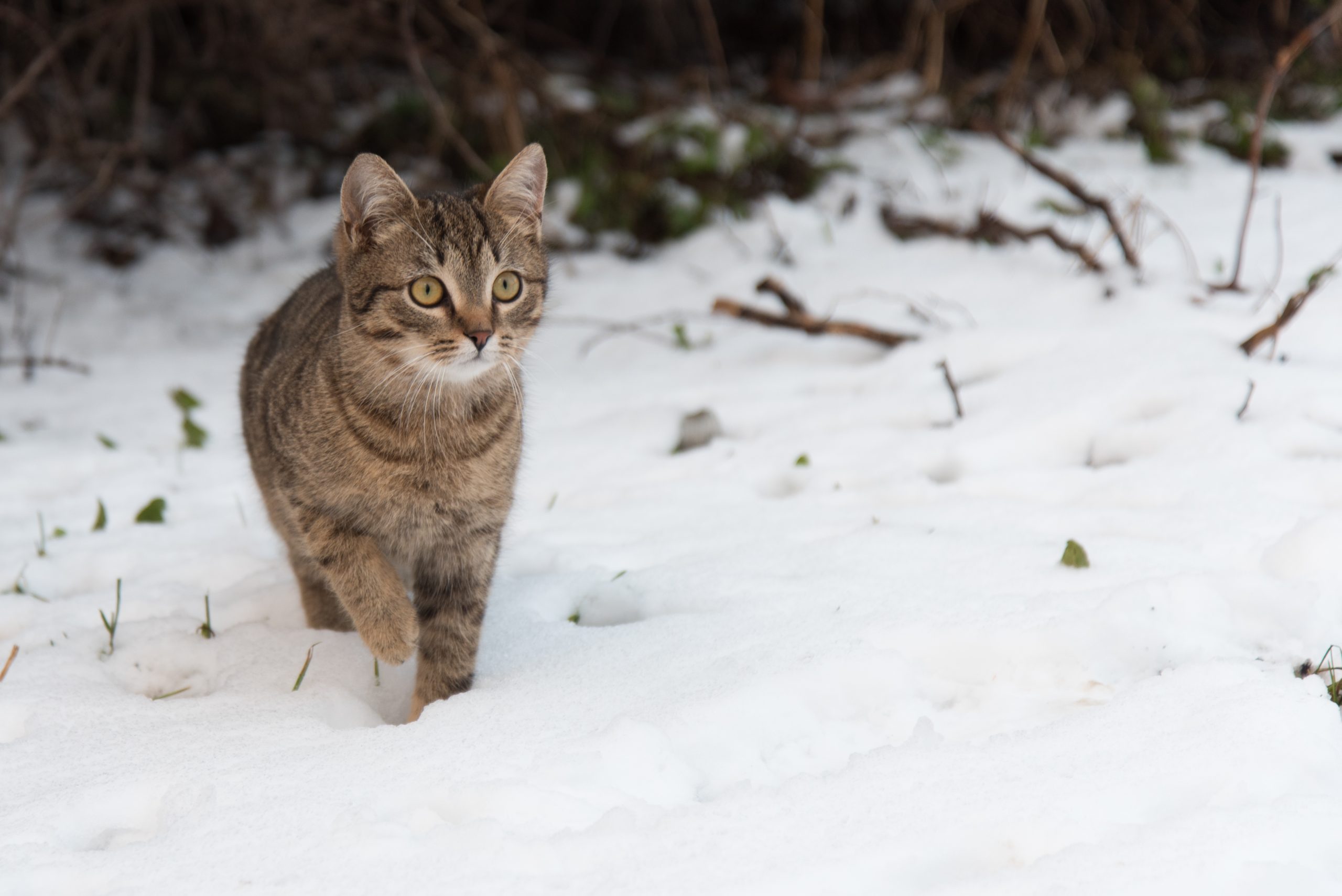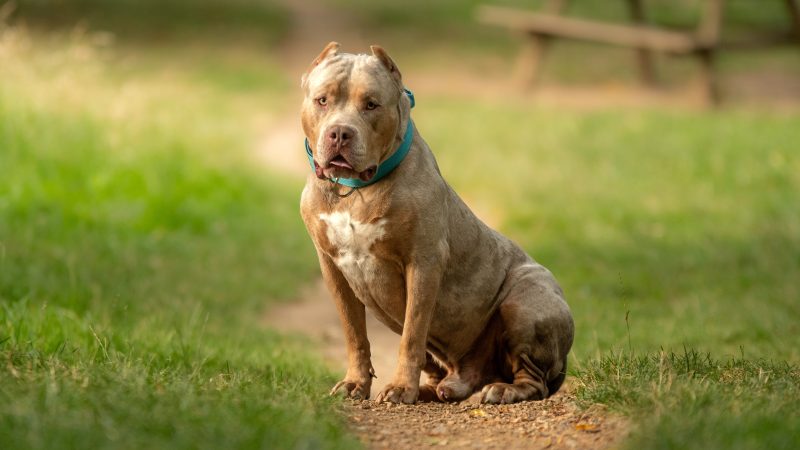Pet owners warned over winter risks to furry friends

Vets have issued a warning to pet owners ahead of the festive season, with spending too long in freezing cold weather and ingesting toxic grit among the winter dangers.
BVA Senior Vice President Justine Shotton said: “When it’s cold for us, it’s cold for our pets, which is why it’s important to take extra precautions to keep them safe and warm.”
“During the coldest months, dogs and cats need easy access to shelter and a cosy den, and while dogs will still need exercise, owners should take precautions to protect them from the cold. Antifreeze is a huge hazard for cats, so contact your vet immediately if you see signs of poisoning such as vomiting, depression, lack of coordination, seizures and difficulty breathing.
“Rabbits and guinea pigs are also vulnerable to hypothermia despite their warm coats, so owners should take steps to ensure any outdoor hutches are well protected from the snow, cold draughts and winter rain.
“If you have any concerns about your pet in this cold weather, please consult your local vet for advice.”
Dogs still need exercise in the cold months but consider putting a coat on older dogs or those with thin fur to keep them warm during walks. Wipe your dog’s paws and belly on returning home from a snowy walk to remove any ice or salt, and regularly check for cracks in paw-pads or for redness between the toes. Grit or rock salt can be extremely toxic to dogs and cats if ingested.
Avoid antifreeze poisoning: Wiping your pets’ paws can prevent them from ingesting toxins that they may have walked through whilst outside. Antifreeze in particular is highly toxic for cats, even in small amounts. Apart from use in car radiators and de-icing products, some cases are thought to be linked to ingesting diluted antifreeze used in ornamental water features to protect the pumps. Store and use antifreeze products carefully and clean any spillages thoroughly.
Make sure your dog’s bed is in a draught-free, warm spot insulated from the floor in the house. Line it with an extra blanket or two.
Owners should also consider keeping older cats indoors during extreme cold snaps and provide even healthy, young cats with easy access to shelter and warmth.







